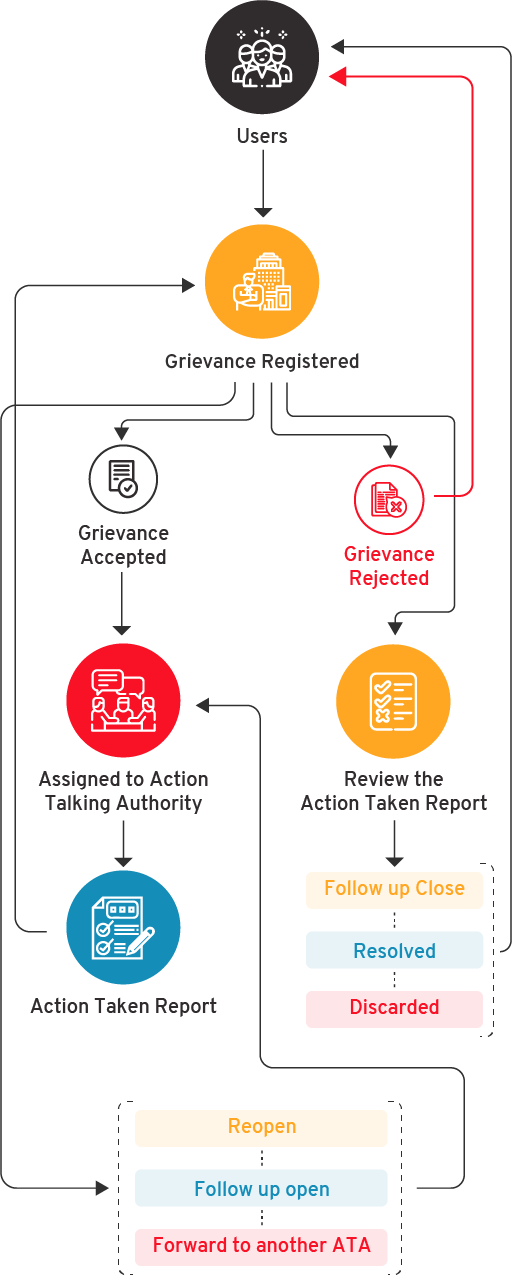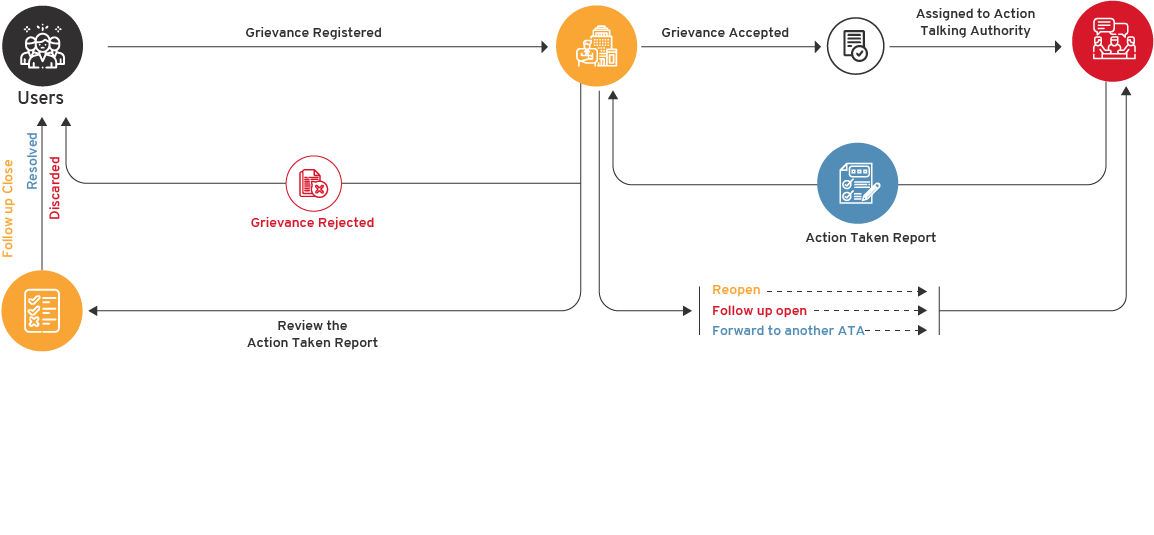Timely and efficient management of citizens’ grievance is a critical barometer of a government’s performance. The United Nations SDG 16 clearly articulates the promotion of peaceful and inclusive societies for sustainable development. It believes in providing access to justice for all and building effective, accountable and inclusive institutions at all levels. Further, the 2nd Administrative Commission of India recognizes the speedy and effective delivery of services using ICT as one of the four pillars of good governance.
As participatory democracy gains ground, governments no longer wait for citizen grievances to stream in for resolution. They are stepping up their outreach to the citizens to elicit grievances and loop in feedback on multiple channels- offline or online. Grievance management, thus, is transforming from reactive to proactive. At the same time, the volume of grievances is swelling, mounting the burden on officials to navigate the challenge.
When it comes to tackling citizen grievances, the government machinery is overburdened. To illustrate, the Government of India’s Central Public Grievance Redress and Monitoring System (CPGRAMS) was inundated with two million public grievances in 2021. Grievances and complaints are ubiquitous. The concerns can range from a lack of water supply to intermittent power outages to poor roads and a lack of amenities at public hospitals. The citizens can voice their grievances in a variety of ways-social media, chatbots, web portals, letters, emails, IVRSs, and in-person visits. The aggrieved citizens expect swift responses and efficient resolutions of their grievances.
The process of grievance response and redressal can also be time devouring when they are difficult to classify. This is because the boundaries between grievance, complaint and feedback are fast blurring. Moreover, the scattered distribution of grievances makes it challenging for any government official to resolve them effectively and on time. Here, an integrated, omnichannel platform for handling grievances comes in handy. A seamless channel will also be in tune with the Government’s vision, embodying one nation, one portal for grievance management. The Janasunani omni-channel grievance management platform implemented in Odisha fulfills this overarching mandate.
The omni- channel system offers both online or offline channel to lodge a grievance. Upon receiving the grievance, the designated official arranges a response within 24 hours. With Janasunani, any grievance, if unattended on time, is escalated to the next higher authority. Citizens can track the status of their complaints on this platform. An appeal is available for citizens who are not satisfied with the out-come of a grievance resolution.

































